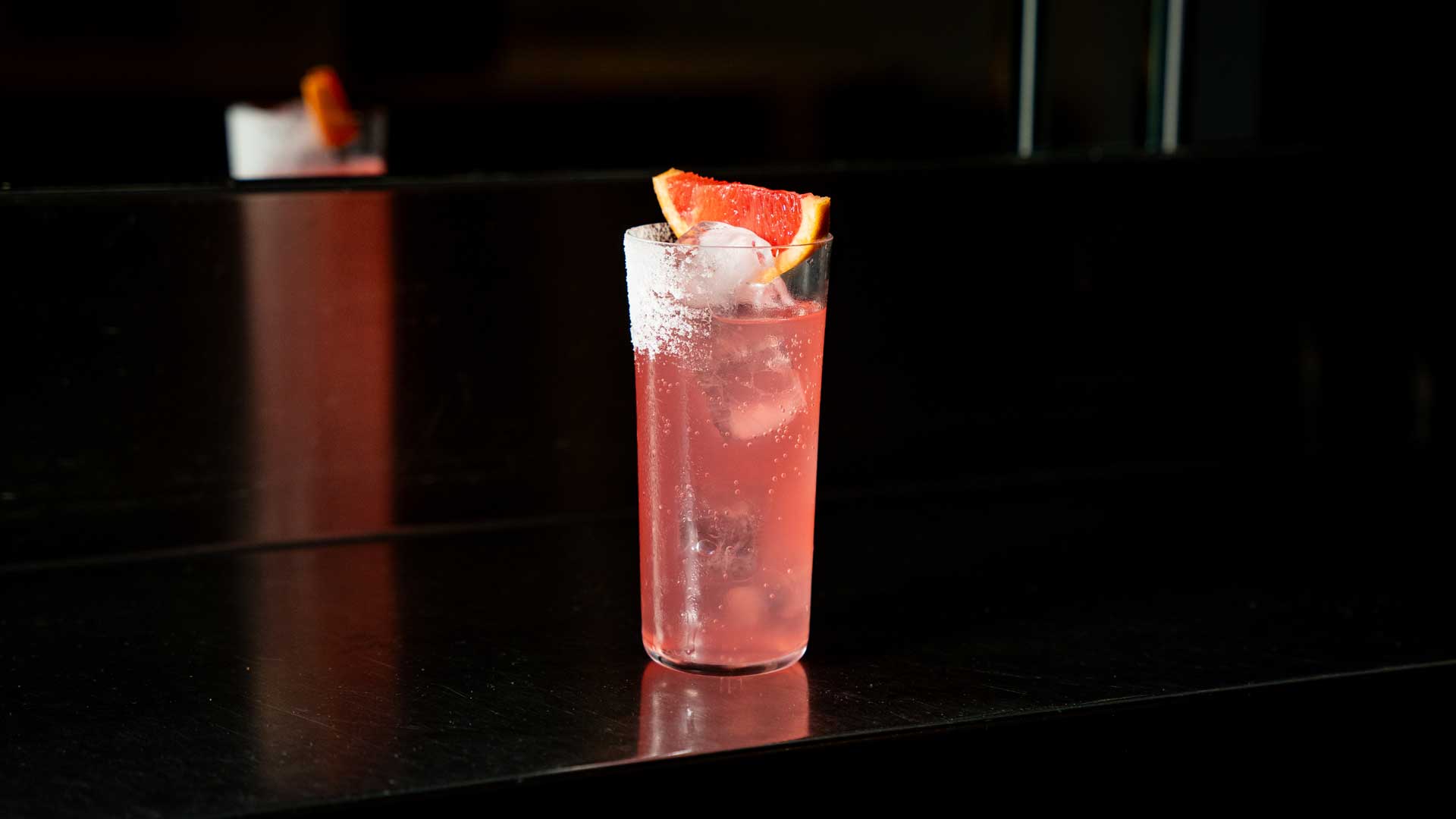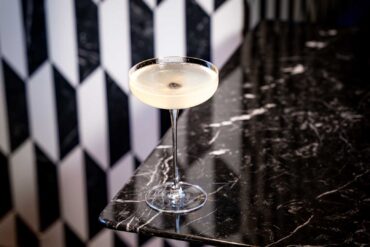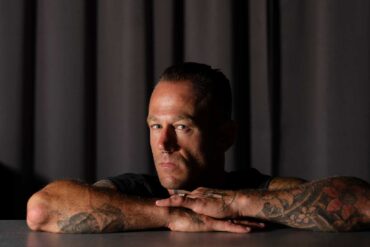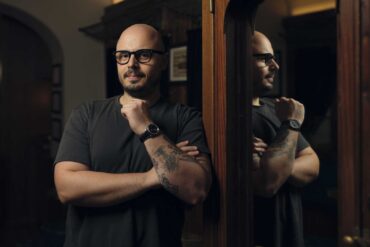One Paloma, a hundred Palomas, a thousand Palomas. In Mexico, there isn’t just one version of this drink. That’s because it isn’t really a recipe—it’s a drinking style. So says Cristian Bugiada, renowned expert in Mexican spirits and co-founder, with Roberto Artusio, of La Punta Expendio de Agave in Rome. The two are also the stars of Los Dos Italianos Perdidos en México, docuseries that explores the depths of agave culture.
Yes, the Paloma has a recipe…
Let’s start with the basics. According to the IBA, a Paloma is made with 50 ml of tequila (100% agave), 100 ml of pink grapefruit soda, 5 ml of lime juice, and a pinch of salt. That’s the official version—a blueprint for bartenders across the globe. Order a Paloma in any corner of the world, and this is more or less what you’ll get.
…Just not in Mexico
In Mexico, the same order will yield something similar, though the salt is often on the rim rather than mixed in. And that’s just one of many possible variations.
“The Paloma has deep popular roots,” explains Bugiada. “It’s not one of those drinks invented by a specific bartender in a specific bar with a codified recipe. It’s not like the Batanga, which Don Javier Delgado Corona created at La Capilla in Tequila. The Paloma is a way of diluting a spirit. And since we’re in Mexico, that spirit is usually tequila—or mezcal.”
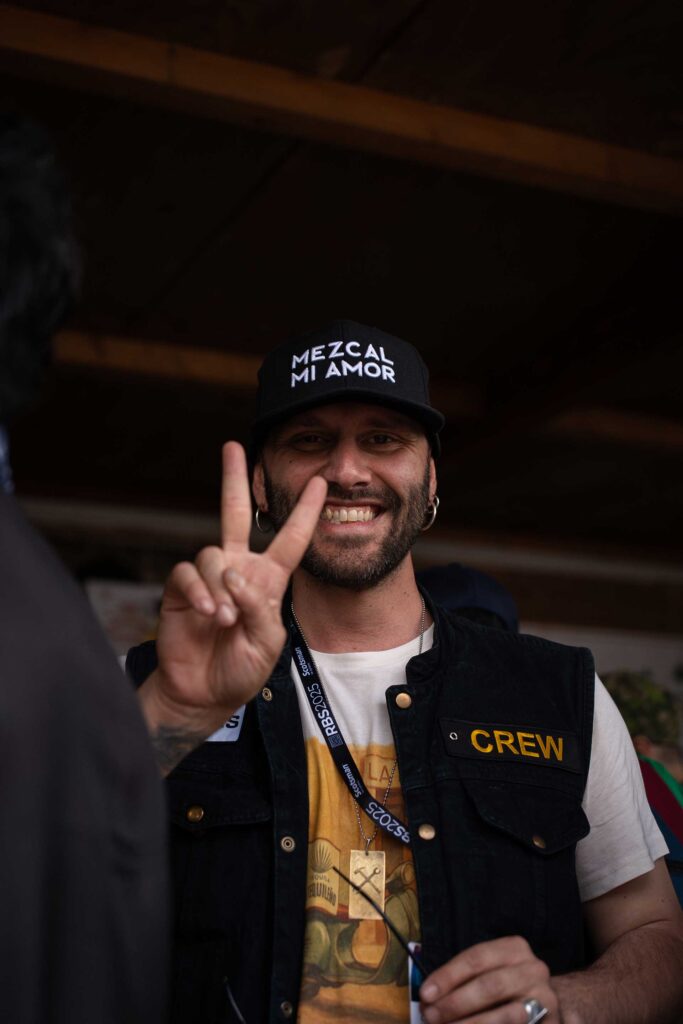
But it doesn’t have to be. “It’s one of the most popular drinks around because it’s never had a standard formula. It’s something people can throw together at home with whatever they have.” Bugiada recalls how some campesino producers once served him a Paloma made with 120 ml of raicilla and a splash of grapefruit soda. No particular brand—just whatever was on hand. As an aside, Bugiada refers to la Paloma, in the feminine, “because that’s how people say it in Mexico—hazme una Paloma.”
Paloma: it’s All About the History
Back to those countless non-recipes. The core of the matter is that no one knows exactly when or where the Paloma was born, or who created it. “Even people way more knowledgeable than me haven’t cracked it,” says Bugiada. “David Wondrich, for instance, has written a lot about this drink, but he still couldn’t identify its origin.” Don Javier Delgado Corona, often credited as the inventor, outright denied it: “I didn’t create it,” he once said.
What we do know is that in 1955, an American company launched a grapefruit soda in the Mexican market and cleverly tied it to the Paloma in their advertising campaign. “And I tend to think,” notes Bugiada, “that the original Paloma wasn’t even made with pink grapefruit soda, but with regular grapefruit soda.”
The brand essentially capitalised on a drinking habit already widespread in Mexico, positioning their soda as the perfect mixer for agave spirits—without ever issuing a fixed recipe. That’s because in the local tradition, “dilution” is the whole point. Not the specific mixer, not the strength of the dilution, not even the base spirit—let alone additions like lime juice, which may or may not be included.
So bring on the raicilla with just a mist of soda, like the campesinos once offered Bugiada. Or reach for mezcal, or even sotol or bacanora. Add some soda—whatever’s around—and that’s it. Nothing more is needed.
The Bartender as Interpreter

So yes, there’s the IBA recipe, crafted for international mixology and for guests who expect consistent standards. And then there’s the Mexican tradition, freewheeling and infinitely variable. The Paloma has been mixed that way ever since, perhaps even before it had a name.
“The best thing a bartender can do,” says Bugiada, “is interpret, not memorize. Let’s take it back to Jerry Thomas and his Bon-Vivant’s Companion, one of the most important books in cocktail history. Even the recipes in there are up for interpretation. Spirits were different back then, ingredients have changed… When Thomas says whiskey, he likely meant a mid-19th-century version, probably with a higher proof. So it’s up to the bartender to adapt.”
Even more so with the Paloma, which—as Bugiada concludes—“isn’t a recipe. It’s a way of drinking.”
Photo credits Julie Couder (location Dry Milano) and Mike Tamasco x Coqtail – all rights reserved


